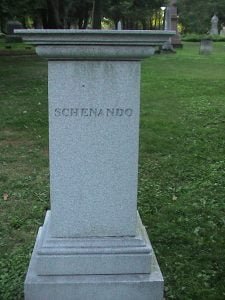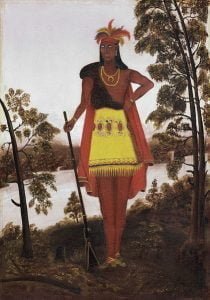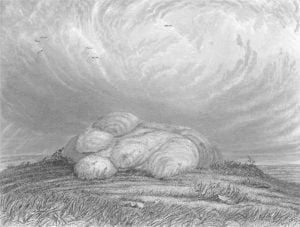Treaty of January 9, 1789 – Six Nations
Articles of a treaty made at Fort Harmar, the ninth day of January, in the year of our Lord one thousand seven hundred and eighty-nine, between Arthur St. Clair, esquire, governor of the territory of the United States of America, north-west of the river Ohio, and commissioner plenipotentiary of the said United States, for removing all causes of controversy, regulating trade, and settling boundaries, between the Indian nations in the northern department and the said United States, of the one part, and the sachems and warriors of the Six Nations, of the other part: Article 1. Whereas the United States, … Read more



